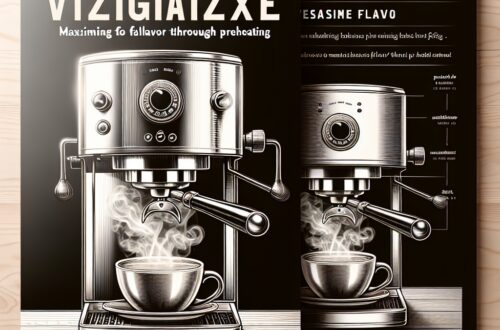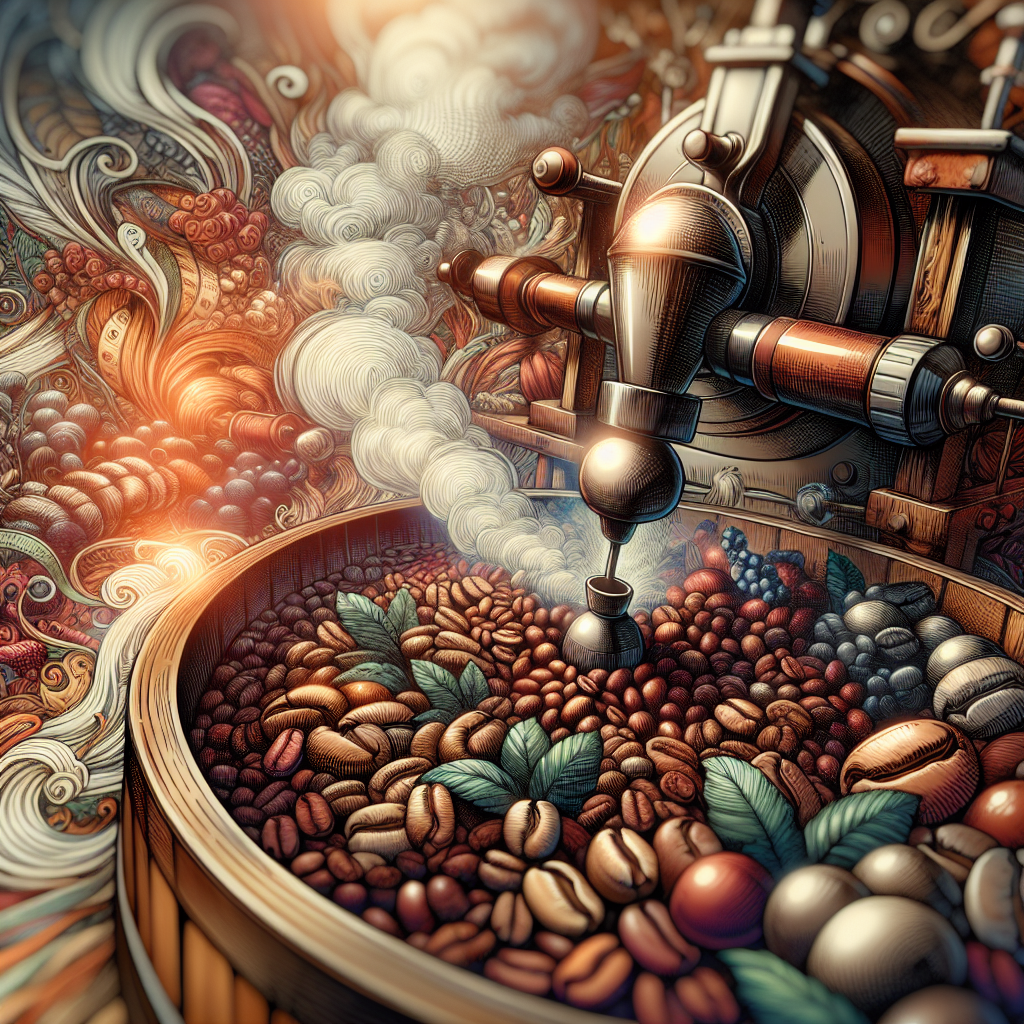“`html
The Rise of Robusta: Exploring Its Growing Popularity and Versatility in Coffee Culture
## 1. Introduction to Robusta Coffee
Robusta coffee, scientifically known as Coffea canephora, has been a cornerstone of the global coffee market, making up around 40% of coffee production worldwide. Native to central and western sub-Saharan Africa, Robusta boasts a rich history and a prominent place in the coffee industry. Its distinctive, bold flavor profile contrasts sharply with the smoother, more aromatic Arabica beans, providing a unique tasting experience for coffee enthusiasts.
This blog delves into the depths of what makes Robusta coffee unique, tracing its historical roots, botanical characteristics, and economic significance while comparing it with its more famous counterpart, Arabica coffee. As we navigate through these sections, we’ll explore the growing popularity and versatility of Robusta, encouraging you to embrace this robust coffee variety.
## 2. Botanical Characteristics and Growing Conditions
The Coffea canephora plant is renowned for its resilience. Unlike Arabica, which thrives at higher altitudes, Robusta can prosper at lower elevations, typically between 200 to 800 meters above sea level. This adaptability extends to its resistance to pests and diseases, making it a heartier and more sustainable option for coffee farmers.
Robusta plants prefer well-drained soils with a high organic matter content, such as loam or sandy loam, which support their growth and high productivity rates. This hardiness allows Robusta to be cultivated across various geographic regions, from Africa to Southeast Asia, making it accessible and cost-effective for farmers.
## 3. The Science of Caffeine: Robusta vs. Arabica
One of the most significant differences between Robusta and Arabica coffee lies in their caffeine content. Robusta beans contain approximately 30 to 50% more caffeine than Arabica beans. This higher caffeine level accounts for Robusta’s characteristic bitter taste and its ability to provide a substantial energy boost, making it ideal for espresso blends.
The elevated caffeine content also offers potential health benefits, including heightened mental alertness and improved physical performance. For consumers seeking a robust and invigorating coffee experience, Robusta is a favored choice. However, misconceptions about caffeine levels persist, necessitating clear communication about the true differences between these coffee varieties.
## 4. Flavor Profile and Sensory Experience of Robusta Coffee
Robusta coffee is distinguished by its bold and intense flavor profile, often featuring bitter, smoky, and peppery notes. These robust flavors can be attributed to the lower sugar and fat content in Robusta beans compared to Arabica, resulting in a less sweet but more potent taste.
The flavor of Robusta can vary significantly based on brewing methods and roast levels. Dark roasts tend to accentuate its strong characteristics, while lighter roasts may reveal subtler nuances. Blending Robusta with other coffee types can create balanced and complex flavor profiles, catering to diverse consumer preferences.
## 5. Economic Advantages and Market Trends
The economic advantages of Robusta coffee are substantial. Its lower production costs and higher yield per hectare make it an attractive option for farmers. As climate change impacts coffee cultivation, Robusta’s resilience and adaptability are driving increased demand and market growth.
Here’s a visualized element in HTML format based on the subheadline “Economic Advantages and Market Trends.” I’ll create a table to present the economic contributions of Robusta coffee in comparison to Arabica coffee. This could help illustrate the market trends clearer.
“`html
Economic Advantages and Market Trends of Robusta vs. Arabica Coffee
| Characteristic | Robusta Coffee | Arabica Coffee |
|---|---|---|
| Global Market Share | 40% | 60% |
| Caffeine Content | 30-50% more | Less caffeine |
| Production Cost | Lower | Higher |
| Yield per Hectare | Higher | Lower |
| Resilience to Climate Change | High | Moderate |
| Market Growth Rate | Increasing | Stable |
“`
Robusta’s market share is on the rise, driven by emerging markets and shifting consumer preferences towards stronger coffee. Trade policies and economic incentives further bolster Robusta’s position in the global coffee landscape, making it an intriguing area of study for industry analysts.
## 6. Conclusion: The Bright Future of Robusta in Coffee Culture
Robusta coffee stands out for its versatility, resilience, and economic viability, making it a crucial player in the global coffee market. As its popularity continues to grow, so does its potential to shape the future of coffee culture.
We encourage coffee enthusiasts to explore the rich and diverse world of Robusta coffee. Whether you’re a connoisseur seeking bolder flavors or a casual drinker looking for a caffeine kick, Robusta offers something unique for everyone.
For more insights into other coffee drinks and to discover how to incorporate various coffee types into your daily routine, visit [here](https://thecoffeemondays.com/coffee-machine/). Embrace the diversity and depth of coffee culture and let your taste buds embark on an exciting journey.
“`
Shop at Breville now!
https://breville.oie8.net/oqDqrE
Shop RobustaCoffee Beans at Amazon now!
Click here





